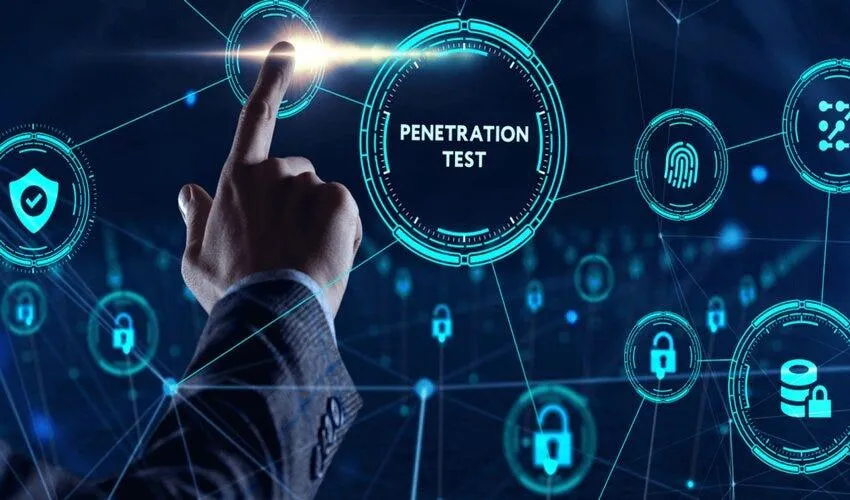PREPARING
YOUR ORGANIZATION
FOR A PENETRATION TEST
WHAT IS A
PENETRATION TEST?
Penetration testing is a structured and comprehensive process designed to evaluate the effectiveness of an organization's security controls. It provides a realistic measure of how well systems can withstand malicious attacks and ensures transparency in the organization's use of technology. By simulating real-world threats, penetration testing helps strengthen the organization's overall security posture and its ability to protect critical assets.
The type of pentest selected plays a key role in defining the scope and goals of the engagement. Generally, penetration tests fall into two categories: goals-based (or objectives-based) and compliance-based.

WHY DOES YOUR ORGANIZATION NEED A PENETRATION TEST?
Penetration testing uncovers hidden vulnerabilities by simulating real-world attacks, offering a clear view of how well your defenses hold up under pressure. It reinforces your security posture, supports compliance requirements, and demonstrates a proactive commitment to protecting your organization from evolving threats.
WHEN SHOULD MY ORGANIZATION
GET A PENETRATION TEST?
The value of a penetration test depends largely on your organization's ability to act on the results. If you have a security team in place that can implement meaningful improvements, a penetration test can provide significant insights. However, if your security posture is still developing, especially if activities are limited to basic patching, it may be more beneficial to delay testing until your environment is mature enough to support remediation efforts and strategic improvements.
UNDERSTANDING THE TYPES OF ASSESSMENTS
WIRELESS
Wireless assessments focus on identifying security risks in technologies that operate over unlicensed spectrum, such as Wi-Fi, Bluetooth, Zigbee, and Z-Wave. These tests evaluate how well your organization protects against unauthorized access, eavesdropping, and rogue device activity within your wireless footprint. Because wireless networks often extend beyond physical boundaries, assessing them is critical to ensuring attackers cannot exploit gaps in coverage, encryption, or authentication.
PHYSICAL
Physical security assessments focus on agreed-upon locations such as office buildings or data centers. These assessments simulate real-world physical attacks to evaluate the effectiveness of barriers like locks, surveillance systems, access controls, and other environmental protections. The goal is to identify weaknesses in physical defenses and determine how well existing measures mitigate the risk of unauthorized access or tampering.
SOCIAL ENGINEERING
Assesses staff security posture, attempts to gain the trust of employees and trick them into sharing private data or performing actions.
MOBILE APPLICATION
Help to identify security flaws in data storage, authentication, and communication to prevent unauthorized access, data leaks, and compromise of user or system integrity.
NETWORK
Identifies security weaknesses and vulnerabilities in the network infrastructure to include servers, firewalls, and switches. There are different types of network assessments:
network assessments:
INTERNAL
Conducted in a manner consistent with that of a malicious agent with existing access to service infrastructure from within the client network perimeter. Testing is focused on attempted exploitation of existing trust relationships between service, and the supporting corporate network environment.
EXTERNAL
Typically, the tester is tasked with gaining access to infrastructure without the benefit of authorizing credentials.
WEB APPLICATION

Internet-based attacks intended to gain unauthorized access to the web application and associated underlying application program interfaces (APIs).
Two test cases are employed:
Simulated, internet-based attack by an external unauthorized entity against the web application portal.
Simulated, internet-based attack by external, authorized entity against the service web application portal.
INVENTORY ASSETS & IDENTIFY SCOPE
Organizations should maintain an up-to-date Configuration Management Database (CMDB) that accurately reflects all systems within the environment. This serves as a foundational resource for defining the scope of assets to be tested during a penetration engagement.
Additionally, any environmental constraints, such as fragile data links, bandwidth-sensitive connections, or high-availability systems, should be clearly documented. This information helps testers select appropriate tools and techniques while minimizing the risk of service disruptions.
SCOPING CONSIDERATIONS
Scoping should consider defined testing requirements, selected targets, and a strategic testing schedule. Critical production systems may be excluded to prevent disruptions, while lower-risk assets are prioritized. Organizations must also determine the extent of post-exploitation activities. These decisions shape testing timelines, complexity, and the overall value of insights into the organization's security posture.
KNOW WHO WILL BE INVOLVED:
WHO IS THE INTERNAL OWNER OF THE SYSTEM/GROUP OF SYSTEMS TO BE TESTED?
In many organizations, system ownership may be distributed. One individual might oversee the server infrastructure, while others manage hosted applications or databases. It's important to identify the appropriate points of contact for each component to ensure the pentest team can coordinate access, approvals, and communication effectively.
WHO ARE THE SYSTEM ADMINISTRATORS?
Identify who will:
Generate credentials for penetration testers for web applications
Generate SSO credentials if required Set up VPN/SSH Bastions for internal access
All credentials should be created and validated before the penetration test begins.
THE PROCESS
1. THE PRE-ENGAGEMENT SURVEY
This defines the penetration test scope, including assessment types, quantity, and other essential details to assist with pricing your pentest engagement.
2. KICK-OFF MEETING
Establishes the goals of the penetration test, outlines planned testing activities, and serves as a forum for questions, clarifications, and alignment between stakeholders and the testing team.
3. REQUEST FOR INFORMATION (RFI)
Used to provide detailed information to the pentest team to include hostnames, IP addresses, etc., of in-scope and out-of-scope targets.
4. DEVELOPMENT OF RULES OF ENGAGEMENT (ROE)
Documents information received through the RFI process, authorized testing boundaries, in-scope targets, testing methodologies, stakeholder and testing team contact information, etc., and is signed and executed by authorized representatives from the client and testing team.
5. TESTING ACTIVITIES
To include scanning and enumeration, vulnerability research, exploitation attempts, etc.
6. DEVELOP PENETRATION TEST REPORT
Draft and document findings. Report is delivered to client after going through the Quality Assurance process.
7. OUTBRIEF MEETING
This provides a window to discuss findings with the penetration testing team and to go over any questions you may have.

WE ARE HERE WHEN
YOU ARE READY!
nDepth Security is a veteran-powered cybersecurity firm with a strong focus on advanced penetration testing and vulnerability assessments. Backed by over a decade of experience and an ISO/IEC 17020:2012-accredited Quality Management System, we deliver high-integrity, standards-based security testing tailored to meet the needs of organizations across all industries. Our disciplined, mission-driven team leverages proven methodologies and aligns with trusted frameworks such as NIST SP 800 Series, HIPAA, FISMA, PTES, and OSSTMM to uncover critical vulnerabilities, validate security controls, and help clients strengthen their overall cyber resilience. Whether you're a growing business or a large enterprise, nDepth provides the insight and expertise needed to stay ahead of evolving threats.


@ 2025 nDepth Security LLC was founded in 2014 and is based out of Columbia, Maryland. nDepth Security LLC has proven operational skills, a keen sense of managing technology and has experience with leading and implementing critical functions within a diverse organization.


